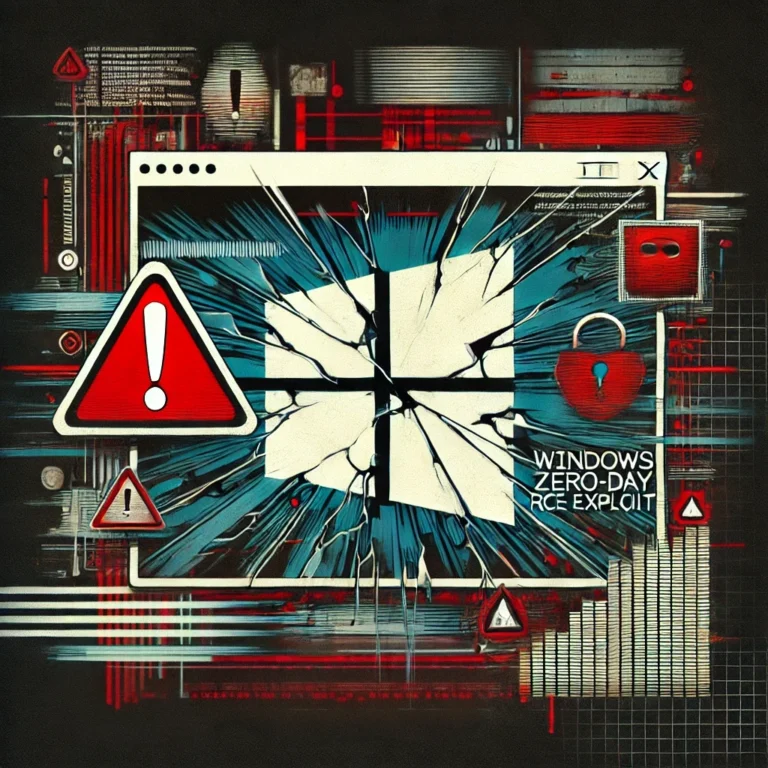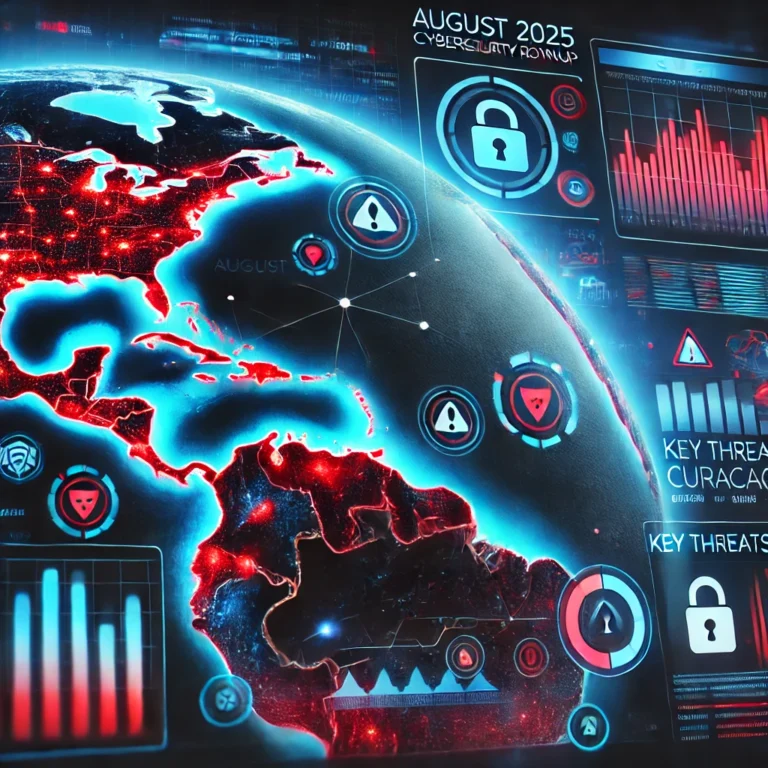Understanding Ransomware
Ransomware is one of the most dangerous cybersecurity threats today. It’s a type of malicious software that encrypts your files and demands payment — often in cryptocurrency — to unlock them.
From small businesses in Curaçao to government agencies in Barbados, ransomware attacks in the Caribbean are becoming more frequent and more costly.
Once ransomware infects your system, you may lose access to critical files, customer data, or even your entire network. Paying the ransom is risky and offers no guarantee that your data will be restored.
Why Ransomware is a Growing Threat in the Caribbean
Cybercriminals are increasingly targeting the Caribbean due to:
- Limited IT security budgets in many local organizations.
- Heavy reliance on tourism and service industries, where downtime causes major losses.
- Increased digital connectivity without matching cybersecurity training.
- Low awareness of evolving cyber threats among the general public.
These factors make ransomware protection more important than ever.
How Ransomware Attacks Happen
Most ransomware attacks follow the same pattern:
- Infection – Often through phishing emails, infected attachments, or malicious websites.
- Execution – The ransomware encrypts files and blocks access.
- Ransom Demand – A message demands payment for a decryption key.
- Data Loss Risk – Even after paying, files may not be recovered.
5 Essential Tips to Prevent Ransomware Attacks
1. Create Secure Backups
- Store backups offline or in secure cloud storage.
- Schedule regular backups of all critical data.
- Test your backups to make sure they can be restored.
2. Be Cautious with Emails and Links
- Avoid clicking on links or downloading attachments from unknown senders.
- Verify email addresses — cybercriminals often use fake ones that look legitimate.
- Train employees to recognize phishing attempts.
3. Keep All Software Updated
- Enable automatic updates for your operating system, antivirus, and applications.
- Patch security vulnerabilities as soon as updates are available.
4. Use Strong Cybersecurity Tools
- Install reputable antivirus and anti-malware solutions.
- Consider advanced protection like firewalls or endpoint detection systems.
- Use real-time threat monitoring where possible.
5. Limit Access and Permissions
- Restrict administrator rights to essential personnel only.
- Use separate accounts for daily tasks and admin functions.
- Segment your network to limit the spread of an infection.
Ransomware Prevention is Better than Cure
Once ransomware strikes, recovery can be costly and time-consuming — if recovery is possible at all.
By following these ransomware protection tips, Caribbean businesses, organizations, and individuals can greatly reduce their risk. Still hit? Check if there is a solution for the type of ransomware that hit you at nomoreransom.org
Stay informed. Stay protected. Share this guide with your colleagues and friends in the Caribbean to help build a safer digital community.



